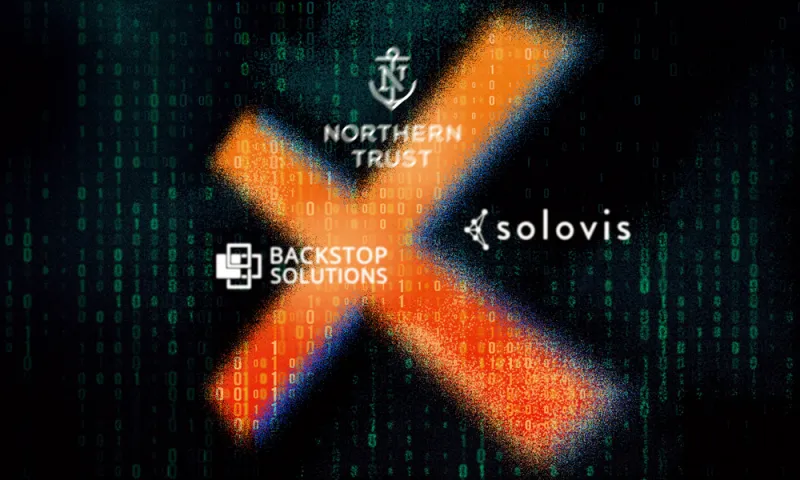The era of Excel spreadsheets and manual data entry are over for institutional allocators — or they should be.
Another technology product just hit the market, joining a legion of others designed to streamline the management of complex portfolios. Backstop Solutions — one of the major players in allocator tech — launched a tool this week to automatically input and keep track of data from investor letters, manager reports, account statements, and the like.
“IntellX is designed to be an automated platform to remove data entry” from institutions’ workflow, said Andy Phillips, Backstop’s vice president of data products, in a phone interview Thursday. “Take the endowment and foundation space, for example — I’ll pick on them. They are often trying to manage extremely large volumes of assets with extremely small operational budgets. They’ve looked to software services to streamline the process, but the data management portion of it wasn’t solved.”
A number of companies have emerged over the last decade or so, selling off-the-shelf software platforms for institutional investors to view and gain real-time insights into their portfolios. The privately held firm Solovis is a prime example.
CEO Josh Smith co-founded the company in 2013, and sees it as part of a second-wave in investment tech. “Backstop, Dynamo, Ledgex Systems, Code:Red, Advent’s Tamale: those were the original solutions that allocators used,” he said Thursday in a phone interview. “Going into the financial crisis, allocators were very, very qualitative in their manager selection. You’d go to meet the latest and greatest private equity manager and then document it” using the software, which was designed for handling qualitative data.
“And then the financial crisis happened, and the adoption of the cloud. In my first meetings, I got laughed out of the room, because we were a cloud-based system. But universities and pensions became willing to move their data to the cloud. That opened up the market, triggering a slew of new second-generation providers like Solovis and Caissa. Investors wanted to firmly grasp everything going on in their portfolio, and consume both qualitative and quantitative data.”
Northern Trust also entered the market a few years ago, hiring the former chief operating officer of Emory’s endowment, Melanie Pickett, and investing heavily in her Front Office Solutions platform.
[II Deep Dive: Northern Trust Scores Clients for New Portfolio Platform]
But Backstop felt that a service gap remained in populating such platforms with the data, and that the raw volume of investment data had exploded. Institutions get saddled with an average of 12,000 documents per year from their managers, all of which need to be managed and kept track of, Backstop estimated.
The task wasn’t always so difficult, Phillips said. He likewise pointed to the financial crisis years as a turning point for institutional technology.
“My own opinion is that Bernie Madoff greatly affected the industry. The events of 2008 to 2009 awoke institutions to the fact that you can’t have a laissez-faire due diligence process in allocating to managers,” he said. As a result, “sophistication increased among institutional investors. Sovereign wealth funds, pensions, endowments, etc. are doing more to ensure that their assets are protected. That’s a good thing.”
But, he went on, “the other side of the coin is that great transparency results in more data. The amount of information that the average institutional investor receives has fundamentally changed. Outlook, shared drives, and pen-and-paper are no longer viable solutions to hold it all together.”
But Backstop’s new tool isn’t a viable solution for institutions using competitors’ platforms. It’s designed for existing clients, rather than as a standalone product or plug-in to, say, Solovis or Northern Trust systems. Phillips said, “We’re really focused on the Backstop clients.”
Competitors are working on similar features, Solovis chief Smith said. “We’ve invested in robot-process automation, email-data extraction — basically forms of AI. These are technologies that have really entered their formal life over the last two to three years. For all the major providers, if you’re not investing in this — and still outsourcing data entry to China or wherever — you’re missing the boat.”






